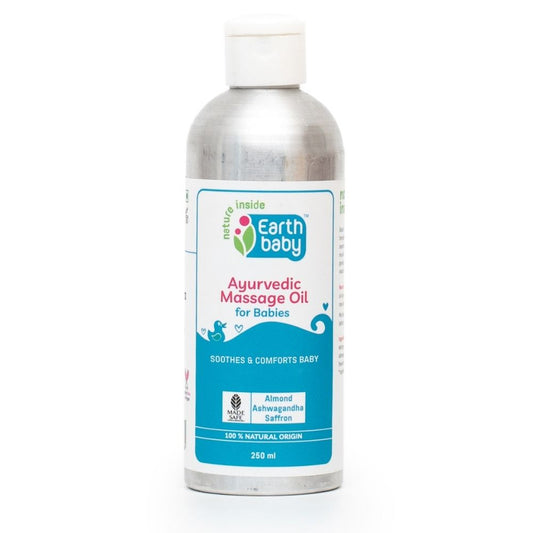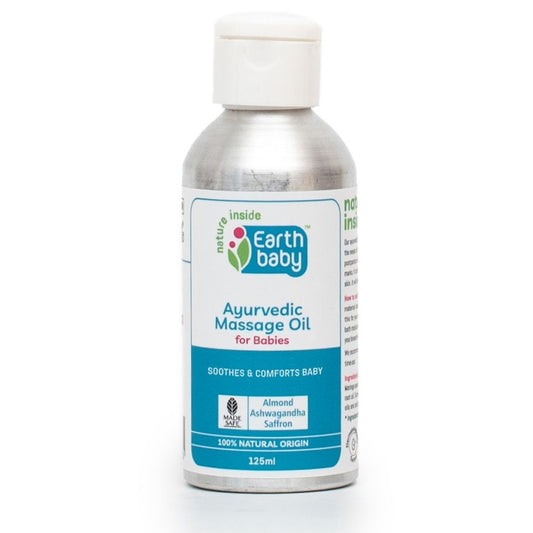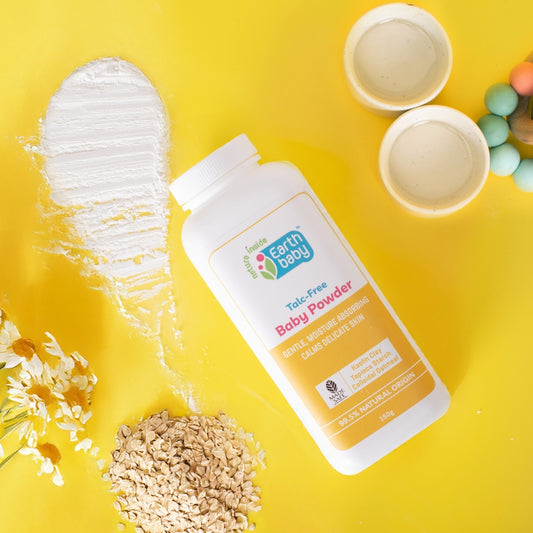5 Mistakes We Make When Our Child Falls and Gets Hurt
One of the painful moments of a caregiving journey is to see your little one go through pain. Personally speaking, I used to experience pain and guilt when my toddler cried or felt pain. My wife taught me this: a more thoughtful and gentle approach. Slowly it became my practice too, to respond in these situations rather than react to the child’s pain.
Let’s look at some of the common reactions of caregivers, as I had too, early in my parenting journey. Let’s also look at what children learn from that reaction and what could be done in the situation.
Disclaimer: This article has been written with intention of helping and must be read with wisdom of common sense. The scenarios I am writing about below are the day-to-day play area or home scenarios. They are not extreme scenarios. If you feel, in your gut, that the fall that you witnessed of your toddler is of severe nature (May it not happen ever), respect your gut and rush to him and do everything it takes to make sure he’s alright.
Children don’t get an opportunity to even feel their pain fully. They slowly learn to ignore their pain, their emotions. They feel a sense of invalidation when they are surely going through ‘something’ and they are told it’s ‘nothing’. They cry for longer and they learn nothing much valuable from the experience.
This is the opposite of acknowledging what they are going through. (We do this often to adults or older children, as well.)
Blame the floor
In many cultures, including the one that I am from, there’s a tendency to try to “calm” the child by blaming the floor or furniture whatever it is that was involved in the child’s fall. I see around me that people “slap” the floor their toddler just fell on and say something to the effect that it’s a bad floor. And it’s the floor’s fault
This is easy to guess isn’t it? What would children learn from this? To blame the other, when she gets hurt. My grandmother was once playing with my son. He was around 1 year old at the time and he fell on the floor. He was fine but my grandmother hit the floor and blamed the floor. This happened just once or twice – my son hit everything that he fell on for the next 2 months. That’s how quickly they learn.
Now I am not saying a one year old understands what blaming is but the actions that get repeated in the first three years do become ingrained in their personality. And one day, the blame part of it is also embodied.
Also, blaming takes away the focus from what the body is telling your toddler. Pain has a purpose. It tells you what needs healing and which body part needs more care. And that important feedback loop is something invaluable to learn, which of course, is missed.
Distracting the Child
In my culture, the phrase you will hear the most when a young child falls and gets hurt is “Look there quickly. The mouse is running away”. It is the classic, traditional way to distract a child that has just fallen down. Almost all modern cultures have this technique in some shape or form.
Again, on a simpler level, they learn to ignore what is rising within them. The physical and the emotional. They miss out on knowing themselves more.
On a deeper level, it is just downright disrespectful to the child’s sense of reality and common sense. Do you think the child does not know that there’s no mouse there? The child knows. The child wonders even why the caregiver is telling her fictional stories. There’s nothing there. They can see it. The child may wonder about this on several levels – right from doubting his own senses and abilities to perceive reality to questioning the trust that she has placed in the caregiver.
“Don’t cry”
This is usually heard in combination of all the 3 of the above.
They learn that crying is a sign of weakness and that it is something undesirable. They miss out on understanding the validity the beautiful mechanism of emotional and physical release that our human bodies are designed to do.
Tears actually are associated with the flow of a stress hormone and our natural bodily painkillers. Therefore, it feels so good to just cry when you are in pain. By saying “Don’t cry” to the child we are teaching them to again not trust their own system which is so well designed to take care of them.
Stop them from doing anything even mildly risky
Often caregivers generalise the child’s ability and stop them from doing something ever again, during which they fell the last time around. If the child took a fall during sitting on the swing, the caregivers just would keep them away from swings for as long as they can.
They often are over-directed and micro-managed as a result of this over-generalization and magnification of injuries and falls. They lose their freedom and lose several beautiful moments of development. Please read more on my articles of freedom, trust and respect to know more about the subtle effects of lack of freedom.






